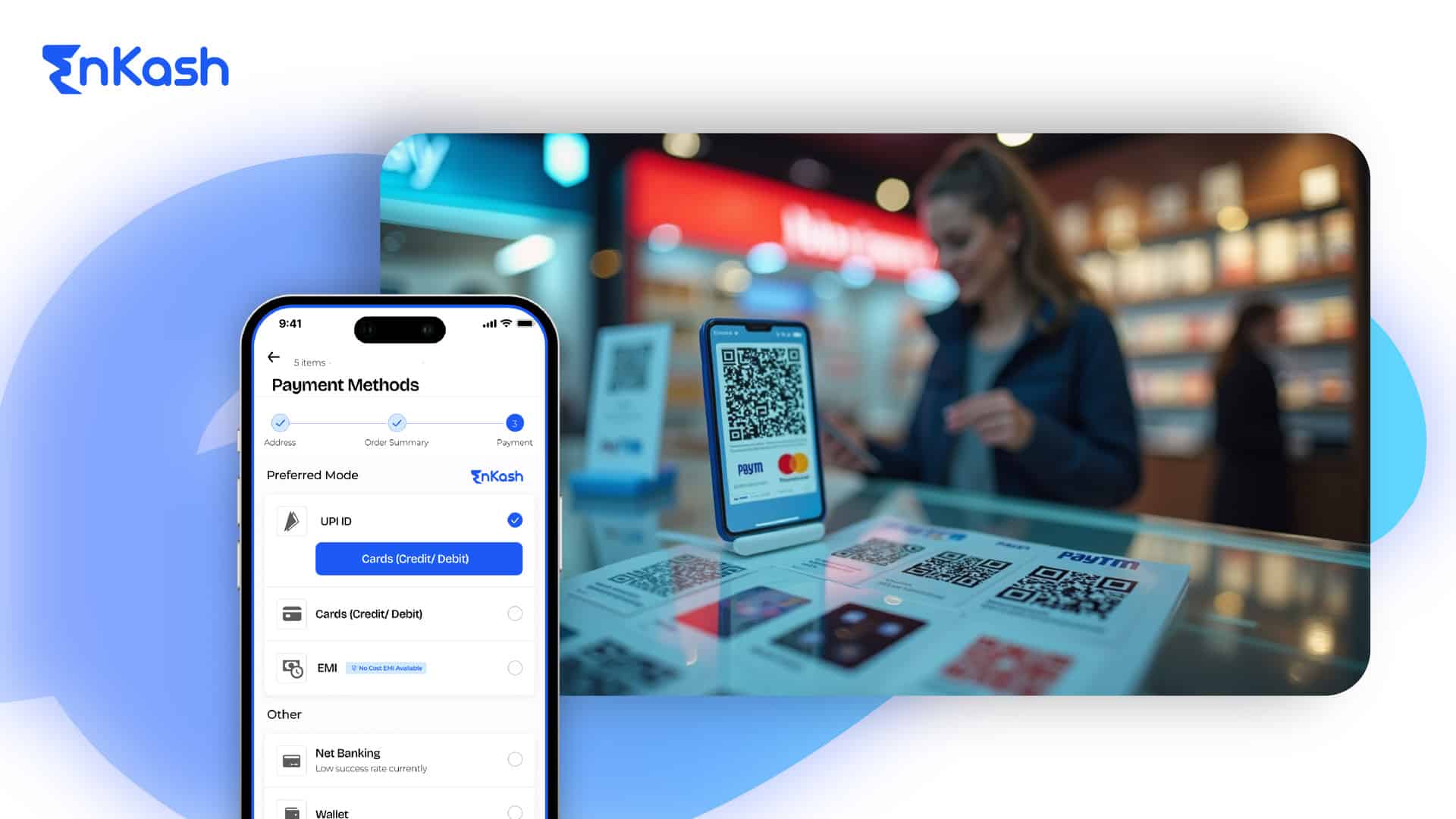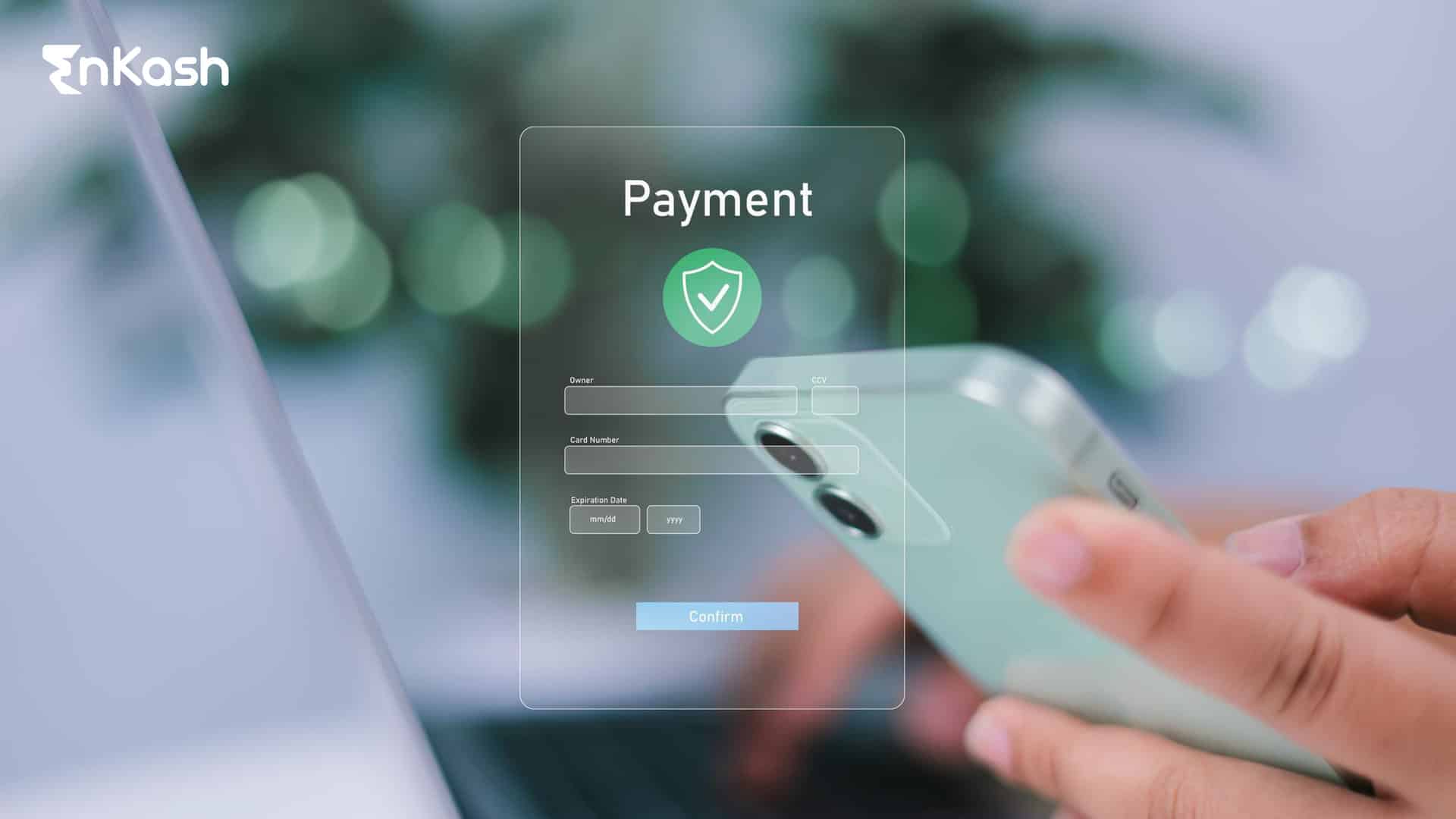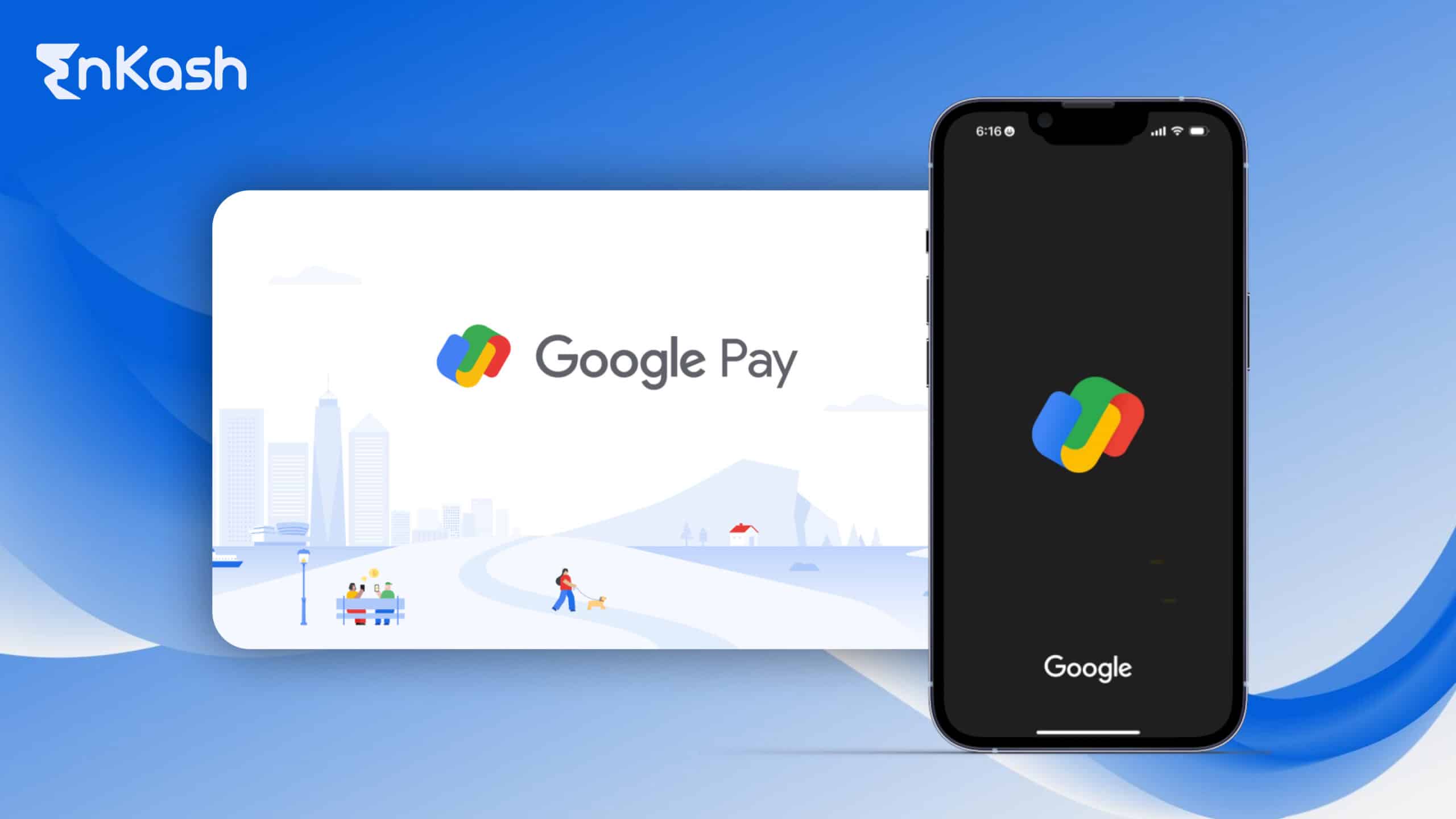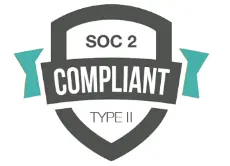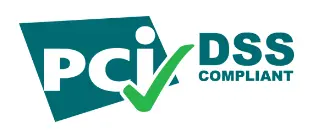Today, in the digital economy, organizations require fast and secure payment systems. Payment gateways are the primary tools to enable online payments from customers to merchants. But, while choosing a payment gateway, what’s important for every company is to know the payment gateway fee, charges, and overall cost.
The fees may not seem very big for small enterprises, but they can quickly add up for bigger companies. Even a small variance in payment gateway charges will have a major impact on a company’s bottom line when it comes to massive transactions. It is critical for merchants to know everything about payment gateway pricing and what kinds of fees exist so that they can make an informed decision that best suits their business.
What is a Payment Gateway?
A payment gateway is a technology that enables businesses to take payment online using the web or mobile app. It functions as a channel between the merchant and the customer’s bank, facilitating a secure transaction. Payment gateways are needed to make the online purchase safe and secure.
When a customer purchases something from a website, the payment gateway automatically receives and encodes the payment information. The information is sent via email to the merchant’s bank or processor for approval. Once a transaction has been cleared, the payment gateway moves funds from the customer’s bank account to the merchant’s account.
Payment gateways come in two primary forms:
- Physical card readers are used in retail locations
- Online payment portals are for e-commerce websites and mobile applications
Payment gateway pricing may vary from provider to provider based on the service type, number of transactions and the region where the company operates. In this blog, we will cover what payment gateway fees are about and what drives them.
Read More: Payment gateway
Key Types of Payment Gateway Charges
It’s important for merchants to know the types of payment gateway fees. Every payment gateway charges a fee, which may vary from one company to another. The most common fees charged by payment gateways are listed below.
1. Setup Fees
Setup fees are the one-time fees merchants incur when they sign up with a payment gateway. These charges generally entail the integration of the payment gateway into the business’s website or app. The installation fee can include technical assistance, set-up, and implementation of the payment system.
While most payment gateway providers charge set-up fees, there are some. This is particularly desirable for small businesses that want to reduce start-up costs.
2. Transaction Fees
Transaction fees are one of the most expensive fees associated with payment gateways, as they are imposed each time a customer transfers funds via the gateway. These charges typically take the form of a percentage of the total transaction amount plus a fixed per-transaction fee. A typical payment gateway fee, for example, could be 2.9% + ₹0.30 per transaction. Therefore, for a ₹100 transaction, the merchant will be charged ₹3.20 in fees.
This exact percentage varies from one provider to the next, depending on various parameters like the payment type (credit card, debit card, or digital wallet), location of buyer and seller, domestic or international payment, and merchant account and transaction contract that the merchant has with the payment gateway company. In most cases, in-country payments are less than international transactions for various reasons, including exchange rates and cross-border fees.
3. Merchant Discount Rate (MDR)
The Merchant Discount Rate (MDR) is another critical element of payment gateway pricing. MDR is the amount a merchant pays for processing credit or debit cards. It is generally a fixed percentage of the transaction and is used to cover the cost of processing the payment, as well as fees to the card-issuing bank, the gateway and the card network (Visa, MasterCard).
MDR is different for a number of reasons:
- Card type: Debit cards tend to have lower fees than credit cards.
- Payment method: Fees for credit card transactions can be higher than those for bank transfers or digital wallets.
- Transaction volume: Merchants who process a high volume of transactions may negotiate lower MDR rates.
- Risk level: High-risk companies will have higher MDR because of the risk of chargebacks and fraud.
4. Monthly or Annual Maintenance Charges (AMC)
These are recurring charges that organizations pay the system provider for the maintenance and functioning of the payment gateway. These charges are typically for software updates, customer support services, security patches, and for keeping the payment gateway up to date with the latest compliance.
AMC fees are typically based on the complexity of the system and also the service offered. Some providers may eliminate these fees for businesses that meet certain sales thresholds.
5. Refund and Chargeback Fees
Refund and chargeback charges are applied if the transaction is reversed. Money gets refunded when the customer returns the product, and chargebacks happen when the customer rejects a charge, and the payment gateway credits the amount.
- Refund Fees: These costs include the administrative and processing fees of handling a refund.
- Chargeback Fees: Chargeback fees cover the cost of managing the dispute and protecting against fraud.
These fees must be known by merchants, as chargebacks are especially costly and can endanger the business’s reputation. With good fraud protection, you can prevent chargebacks and associated fees.
6. Cross-Border and Currency Conversion Fees
International payments usually involve additional fees from the merchants. These include foreign exchange and conversion charges.
- Cross-border Fees: These are charges made when payment is transmitted from a consumer to a merchant in another country. These fees range between 0.5% to 2% of the value of the transaction, depending on the gateway and country.
- Currency Conversion Fees: When a customer buys something in a foreign currency, the payment gateway may charge conversion fees. This fee is usually a percentage of the amount that was spent and can range from 1% to 4%.
Merchants serving an international customer base should be aware of these additional charges and include them in their pricing strategy.
Read More: Payment links
Factors Affecting Payment Gateway Fees
The fees of a payment gateway can vary depending on a number of things. Merchants should make sure to compare these points before choosing a payment gateway in order to get the most value for their money.
1. Transaction Volume
The payment gateway fee will be affected by the number of transactions a company receives per month. Most payment gateway providers have volume pricing, so if you have a business that has more transaction volumes, you’ll pay lower per-transaction charges. If your company is expecting large volumes of transactions, you should try negotiating with gateways for better rates.
2. Business Type and Risk Level
Payment gateways might charge higher fees to businesses that work in high-risk industries. For instance, businesses in areas such as internet gambling or adult entertainment generally have higher charges because they are more vulnerable to fraud and chargebacks. Merchants in these verticals may have to charge higher transaction fees or a higher MDR to offset the risk of their business.
3. Payment Methods
Each type of payment comes with different prices. In most cases, credit card charges will be higher than debit card charges. The same goes for payment systems such as digital wallets (PayPal, Google Pay) or mobile payment systems (Apple Pay) that might have different fee structures.
You need to think carefully about what types of payment your customers accept and how it affects your fees from a payment gateway perspective.
4. Geographical Location
Payment gateway rates can also be influenced by where your business is and who is your customer. Transfers outside the US incur extra fees, for example currency exchange and cross-border transaction fees. These additional charges are usually not applicable for merchants who primarily handle customers within their home countries; however, merchants with international customers should carefully consider international transaction fees.
5. Security and Compliance Costs
In order to secure customer data, payment gateways must adhere to security guidelines like PCI DSS (Payment Card Industry Data Security Standard). Compliance with these standards is not free and may incur fees from merchants who wish to ensure their payment gateway has enough security in place.
Payment Gateways may include PCI compliance in their prices, or they may offer a standalone compliance and security service. These additional costs must be considered by merchants into their decision-making process.
Read More: UPI payments
Common Misconceptions about Payment Gateway Fees
Most companies do not understand the payment gateway fees. These myths can lead to poor decision-making when selecting a payment gateway.
Myth 1: Payment Gateways Are Too Expensive
Payment gateways are typically thought to be too expensive. There is a fee, but most payment gateway providers have reasonable rates, and the benefits outweigh the costs. Faster payments, wider reach, and more efficient operation could drive higher revenues and better customer retention.
Myth 2: Payment Gateways Are Difficult to Integrate
Another myth is that installing a payment gateway is complex and takes time. These gateways are easy to use, and some can be easily connected to your existing e-commerce sites. Businesses can quickly implement their payment systems, provided they have the appropriate tools and resources.
Myth 3: Limited Payment Options
Payment gateways, some businesses believe, only provide very limited payment possibilities. But today, almost all payment gateways accept payment in just about any way: credit cards, debit cards, digital wallets, and even cryptocurrencies. Businesses can provide customers with multiple forms of payment to optimize their checkout process.
Read More: QR codes
How to Choose the Right Payment Gateway Based on Fees
When looking to pick a payment gateway, you need to take into account a range of things. Here are some tips for choosing the right gateway based on payment gateway pricing:
- Assess Your Transaction Volume: If you are a business with a high transaction volume, you may be eligible for volume discounts. Most payment gateways offer lower transaction fees for larger businesses that take more payments. Estimate your transaction numbers each month to see where you could save money.
- Understand the Type of Transactions: There are different payment types that have different fees. Payments with a credit card, for example, typically cost more than those with a debit card. Additionally, international transactions may incur cross-border or currency conversion fees. Determine which kinds of transactions your business will process the most.
- Evaluate Additional Features: Transaction fees are a priority, but find a provider with additional features such as fraud protection, fast settlements, and multi-payment support. In some cases, paying a small bit more may be worth it if the gateway provides advanced functions to benefit your company.
- Check for Hidden Fees: Make sure you know about any hidden fees that might appear. For instance, chargebacks and refunds can add up over time. So read the fine print and look into these kinds of sneaky fees.
Conclusion
Payment gateway fees are important to merchants so that they can make an informed choice when selecting a provider. Payment gateway rates may vary based on transaction amount, payment mode, type of business, and location. In the process of fully weighing all the costs and selecting the right provider, you can make sure that your business earns the most profit and spends the least money.
When selecting a payment gateway, it’s not just the price you need to consider. Businesses must also look at payment security, ease of integration, customer support, and user experience. Merchants can take the time to think thoroughly when deciding on which payment gateways to use, ensuring they’re choosing the one that is right for their business growth and success.
Read More: Bulk payment solution
FAQs
What is the difference between a payment gateway and a payment processor?
Payment gateway is the infrastructure which transfers payment information between customer and merchant, thus secureing the transaction. A payment processor, on the other hand, is the entity that processes the payment itself between the merchant’s bank and the customer’s bank. In essence, a payment gateway provides the front-end, and the payment processor takes care of the back-end aspects of the transaction.
Can I use multiple payment gateways on the same website?
Yes, many companies use multiple payment gateways to offer customers a wider range of payment options and to minimize downtime if one system crashes. But integration with more gateways adds complexity and fees, so you’ll want to weigh the pros and cons before you decide.
What is PCI DSS compliance, and why is it important for payment gateways?
PCI DSS (Payment Card Industry Data Security Standard) compliance refers to a standard that payment gateways and merchants have to meet to safeguard customer card information. Payment gateways that are PCI DSS compliant have very strict security measures, including encryption and secure authentication, to protect private payment data. Non-compliance can result in high fines, breaches, and a reduction in trust from customers, so you need to make sure your payment gateway provider is PCI DSS-compliant.
Are payment gateways required for mobile app payments?
Yes, if you want to accept payments on your mobile app, you will need a payment gateway to do so. Mobile payment gateways work similarly to online payment gateways, where payment data is encrypted and transported from the customer’s mobile device to the payment processor. Many mobile payment systems (such as Google Pay or Apple Pay) are payment gateways as well, which means merchants can take payments through their apps.
How do I calculate the total cost of using a payment gateway?
In order to work out the overall price of using a payment gateway, you have to take some measures. First, there are transaction charges, which are a percentage of every sale plus a fixed amount. Apart from these, some gateways offer monthly or annual maintenance and support charges. Other fees you may encounter include refunds, chargebacks or currency exchange depending on the nature of the transaction. You’ll also have to consider the initial setup and integration costs to integrate the payment gateway with your website or app, if necessary. Adding all these factors together, you can understand how much it would cost to use a payment gateway.
What is a payment gateway’s success rate, and why does it matter?
A payment gateway’s success rate describes the number of successful transactions the gateway has accepted. More success means fewer cancelled payments and it can make a huge difference to the customer satisfaction and the revenue of the business. If your payment gateway has low success rate, your customers will fail to complete the transaction and will abandon their cart and miss out on sales. If you’re a global company with a large customer base, it’s best to choose a payment gateway that has a high success rate.
Can I change my payment gateway provider after my business has been set up?
Yes, you can change your payment gateway provider but it does take time and effort. You’ll want to make the transition smoothly in order not to impact your payment process. These include updating your payment gateway, informing clients, and making sure that your website or app is compatible with the new gateway. You also need to consult with your current provider on contract terms to find out any switching costs.









